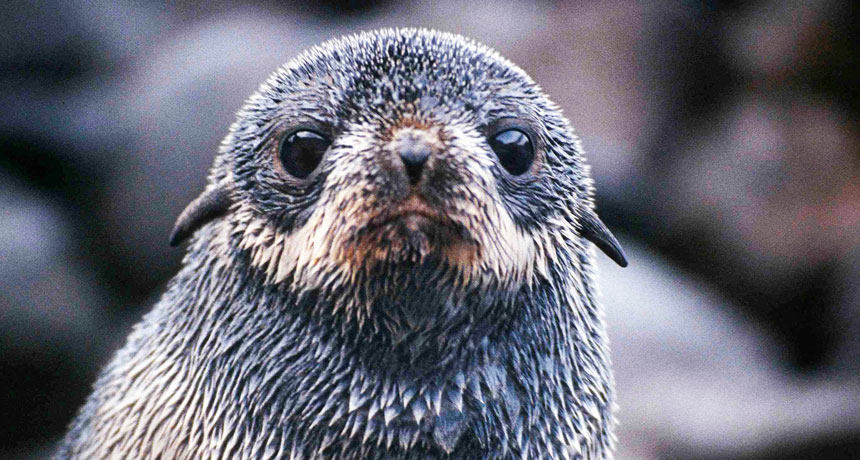Strong winds send migrating seal pups on lengthier trips
The animals may suffer higher rates of mortality in breezy years as a result

BLOWN AROUND Prevailing winds can displace migrating northern fur seal pups, who begin their epic journeys at just 4 months old, by hundreds of kilometers.
Jeremy Sterling






